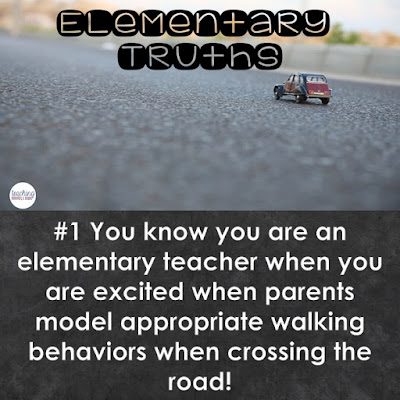How can I help my child when they are stuck on a word?
Sound it out! When your child gets to a word that they do not know, the first strategy they usually try is to sound it out. You can support your child with sounding out the words by blending the sounds together. For example, if the word is man, you can first review the sounds in the word, "m...a...n." Then they can blend the sounds together, "mmmmmmaaaannnn." When the sounds are blended together, it is easier for your child to hear the word!
Remember: Know the Sounds - Blend the Sounds - Read the Word
Sounding out does not always work! So I can use other strategies!
Skip it and move on: Your child can skip the unknown word, finish the sentence, and go back to see if they can figure the word out. This allows them to use context cues to solve the unknown word.
Does it make sense?: When your child attempts to read, and the word they chose does not make sense out loud, they should ask themselves this question. They will then have to try another strategy.
Look at the picture: Often the words your child is trying to read are in the picture! For example, if your child is stumbling upon a word that starts with d and there is a dog in the picture, they can make a "good guess" and predict that it is dog!
Does it look right?: If your child reads the word, and the letters do not correspond to the word they said, they should ask themselves this question. For example, the story says, "The boy went to school," and the child said, "The boy is at school." The letters in the word went do not look right when saying the word is.
Does it sound right?: If your child reads aloud a sentence and something is wrong, they can ask themselves this question. If it doesn't sound right, then it likely wasn't right! "The boy is many friends" does not sound quite right, so they need to go back and check.
Look for small words inside of bigger words: The word and is inside the word hand. This strategy also works well for compound words. The words snow and man are in the longer word snowman.
Look for word families or patterns we know: If a child knows the word it, then they can read sit, hit, nit, fit, etc.
Bossy E!: "Bossy E plays a game, it makes the vowel shout it's name!" When students see an e at the end of the word, the e makes the previous vowel say it's name. For example, car versus care. The a says its name in the word care. Another example is mine. The i is saying its name (i as in ice, not i as in it). Kids love reciting this poem when they see the Bossy E on the page!
Use Consistent resources:
I find it is important to have consistent visuals so that the images are familiar to your child. I like to use them in a variety of different ways. These ones I find to be valuable, especially since they can be easily printed and do not require a of ink! They can easily be posted at home, in a homeschool or even in a classroom!
1. Reading strategies posters can be found here.
2. Matching bookmarks to help parents and children with home reading and reading in the classroom can be found here.
3. TEACHERS: This Home Reading Book Log with matching strategies can be found here. I really like this home reading log as it provides an easy way for parents to communicate with teachers how their child is reading, each and every night!










































